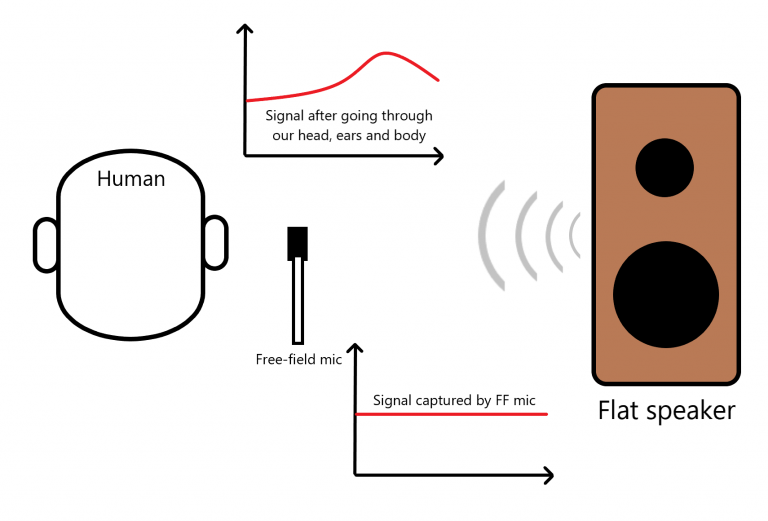
Graphs 101: How to Read Headphone Measurements
A guide to reading frequency response graphs of headphones and IEMs.
This database is made with a LEGACY measurement rig.
For up-to-date measurements, refer to the current official database.
Frequency response measurements for headphones
GRAPH COMPARISON TOOL

A guide to reading frequency response graphs of headphones and IEMs.
Setup: IEC60318-4 compliant inner-ear simulator into a miniDSP EARS outer ear simulator. EARS canal is bypassed for the IEC coupler’s provided canal simulator.
Measurements are done on the FFT function of the AudioTools app with the following settings and procedures:
*Note: All headphones are measured with stock pads unless otherwise stated.
1. A Frequency Response graph is not in any way an indication of good sound quality. Think of it as flavours, like in ice-cream. The FR is like the branding at the side of the tub telling you the flavour of the ice cream. It’s not going to tell you if it’s good ice cream, but at least you have a way of finding out if it’s the flavour you want.
2. Measurements in this database are raw and do not conform to any rigid industry standard. The measurements in this database are best used as internal comparisons rather than cross-referencing to other databases.
3. Flat on the graph DOES NOT MEAN flat in real life. The fact that headphones bypass the head necessitates higher SPL in the 2-5k regions as compensation (see: Diffuse Field, Head Related Transfer Function, Harman Target).
4. Measurements are meant to complement subjective impressions, not form the basis for them. I get that certain people like to paint me as some sort of objectivehead figure where all I do is look at graphs and determine quality sorely off of said metrics. 99% of the headphoness I’ve measured, I have listened to as well. If not for the graphs, one can also take this database as a list of headphones I’ve tried and auditioned, and the graphs simply being proof of it.
5. Unit variation is a thing. I do not control what demo units the companies provide to me or to their distributors (where I usually do measurements). If you find issues with my measurements, it can be any of the following:
a) Inconsistent manufacturing
b) Broken/malfunctioning units (in a way that is not immediately obvious)
c) Horrible channel matching
d) Measurement error (yes, I am human, I make mistakes sometimes)
6. The measurements are performed with the assumption of a “perfect seal”. Placements that results in abnormal rolloff are scrapped and re-done until a proper seal is achieved.
7. This headphone database only consists of single-channel measurements. Due to the nature of the measurement equipment I am using, I am unable to measure the left channel without severely impeding my measurement process.